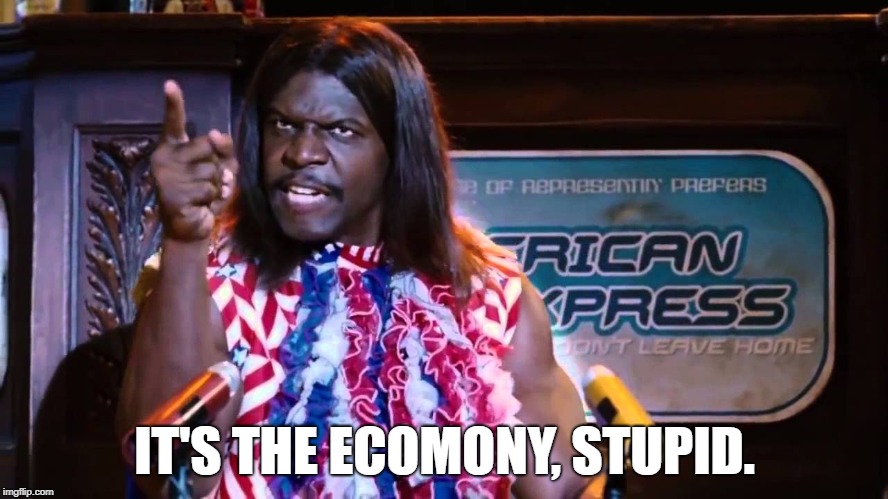As we enter a season flooded with political ads and diverse opinions from friends, it’s clear that people have varying tolerance levels for political discussions. Those who know me understand that I tend to avoid politics; I prefer focusing on solutions rather than blaming one side for the issues. However, I’m always on the lookout for opportunities to learn new skills or gain insights that can be applied in any field.
One of the major challenges facing the construction industry today is a shortage of skilled workers, which consequently affects scheduling, safety, and quality. There’s clear evidence that productivity per hour significantly decreases after 40 hours in a workweek. Working a 60-hour week leads to 50% more risk exposure and 75% more labor costs but only a 25% increase in productivity. However, many owners and prime contractors are reluctant to discuss extending schedules to reduce overtime hours. This resistance is so entrenched in the industry that it’s increasingly difficult to attract workers without offering overtime. For many out-of-town jobs, workers expect to work 60+ hours per week and will not consider positions without at least 50 hours and a 7-day per diem.
This situation presents a significant challenge for staffing projects. There was a time when a call to the local union hall could secure skilled workers, but now, even the unions are struggling to find enough employees. So, what can we learn from political strategies to address the shortage of skilled workers?

Successful political campaigns often do two things: they energize their “true fans” to spread the word and create an “us versus them” mentality. Once someone resonates with your message, they naturally align with your team, often viewing the opposing side as adversaries. By understanding the motivations and drivers of your most loyal employees and using this information to craft messages that resonate with new hires, you can foster a strong sense of identity and loyalty. This approach not only aids in employee retention but also helps keep your BEST talent. People naturally form in-groups and out-groups, often elevating their own group while demonizing the other. By tapping into this dynamic and creating a strong identity around working for your company, it becomes easier to combat the common issue of employees leaving for short-term jobs that offer slightly higher pay.
It’s been nearly a decade since I was directly involved in staffing projects, yet every outage season, I still receive calls from people I’ve worked with over the years, asking if there are opportunities available. While I’m not naive enough to think every one who calls would leave their current jobs to work for me, it’s gratifying when someone who first worked for me in 2008 calls 15 years later, checking in before accepting another job offer. Maintaining good relationships and taking care of your employees is crucial, but creating a workplace where people identify as your employees, even when they’re not working for you, is powerful.
Friends at both companies mentioned that one of the biggest hurdles in the BrandSafway merger was the strong personal identity employees had built around beating the other company. I distinctly remember discussions about Brand’s imminent collapse at annual Safway Manager meetings in the mid-2000s. In hindsight, I believe this was more of a tactic to bolster Safway’s internal image among us branch managers, who were the ones evangelizing the message to staff, rather than an actual belief by Safway’s management that Brand was going under. We eagerly embraced this narrative, much like enjoying free dessert. For the next decade, even after leaving Safway, I couldn’t consider a job offer from Brand, thanks to the effectiveness of Safway’s “us versus them” campaign. The fact that both companies were still completing the integration of other acquisitions with the same kind of dynamics when they merged added to the challenge.
This blog post explores the current challenges in the construction industry, particularly the shortage of skilled workers and the impact on scheduling, safety, and productivity. It highlights the inefficiencies of working extended hours and the difficulty of attracting workers without offering overtime. The post draws parallels with political campaign strategies, suggesting that creating a strong company identity and an “us versus them” mentality can help retain loyal employees and attract new talent. The author shares personal experiences from past staffing projects and reflects on the lasting impact of a well-crafted internal narrative, as seen in the BrandSafway merger. Overall, the piece emphasizes the importance of fostering a strong, inclusive workplace culture to address staffing challenges.
In conclusion, the construction industry’s struggle with a skilled labor shortage is a multifaceted problem that requires innovative solutions. By drawing on successful political campaign strategies, companies can create a strong sense of identity and loyalty among their employees. This can be achieved by understanding the motivations of current employees and crafting messages that resonate with new hires, fostering an “us versus them” mentality that strengthens team cohesion. This wont replace compensation, benefits, and a safe work environment as the foundation for employee retention, but as the industry continues to evolve, companies that adapt by investing in their workforce and promoting a strong, inclusive culture will be better positioned to overcome these challenges and thrive.